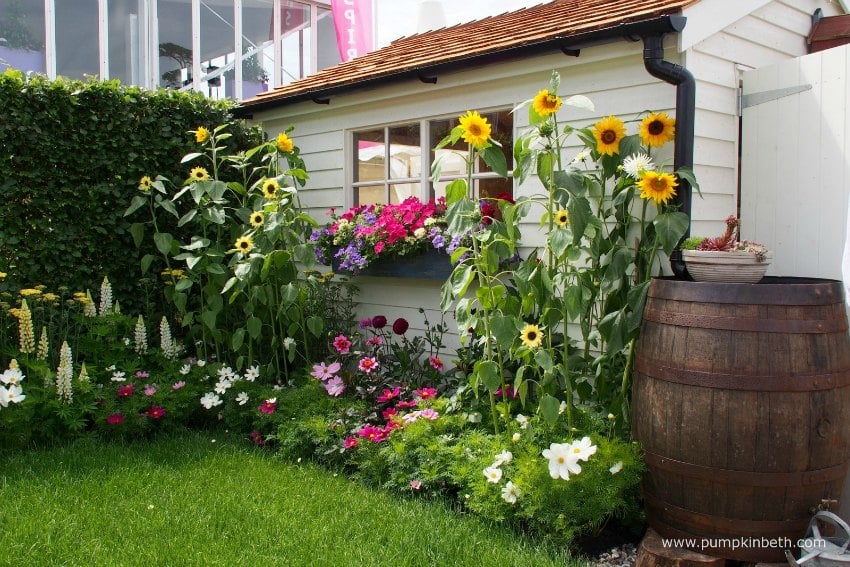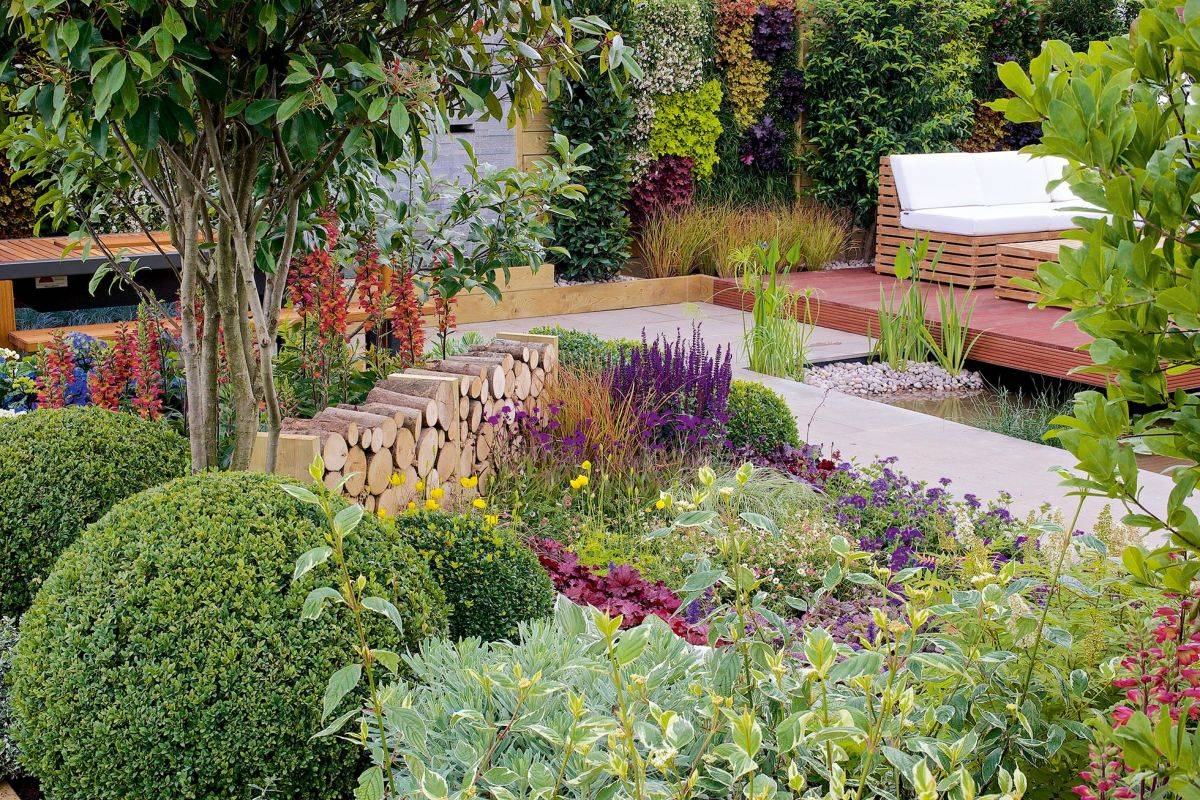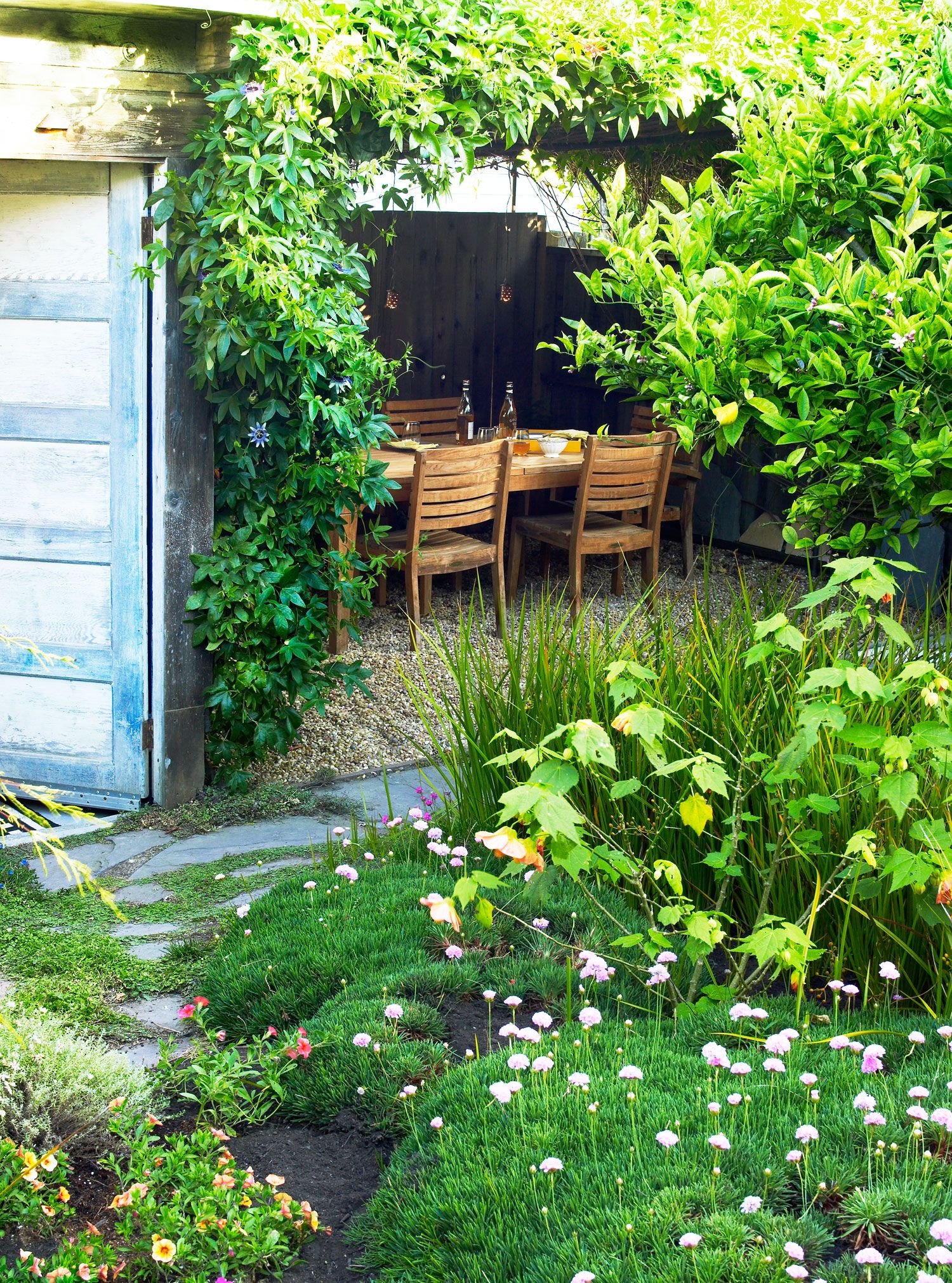Cultivating Eden: Your Guide to a Thriving Sustainable Backyard Garden
The allure of a bountiful garden, brimming with vibrant life and fresh produce, is undeniable. But beyond the aesthetic appeal lies a deeper yearning: the desire to connect with nature, nurture life, and contribute to a healthier planet. Creating a sustainable backyard garden isn’t just a trend; it’s a mindful act, a journey towards self-sufficiency and environmental responsibility. This guide will take you beyond the basics, offering creative strategies and practical techniques to build your own thriving, eco-conscious oasis.
1. Planning Your Paradise: Design & Site Selection
Before you even grab a shovel, careful planning is paramount. Consider your sunlight exposure – how many hours of direct sun does your chosen area receive daily? Different plants have varying light requirements. Observe your soil – is it clay, sandy, or loamy? Soil testing kits provide valuable insights into its pH and nutrient levels, enabling you to amend it accordingly.
Consider the microclimate of your backyard. A south-facing slope will be warmer than a north-facing one, influencing your plant choices. Think strategically about water sources. Proximity to a water tap simplifies irrigation, but rainwater harvesting systems are environmentally superior and can provide a consistent, natural source.
2. Water Wise: Mastering Efficient Irrigation
Water conservation is central to sustainable gardening. Forget the thirsty lawn; embrace drought-tolerant landscaping. Consider xeriscaping, a method that utilizes native plants requiring minimal watering.
| Irrigation Method | Pros | Cons |
|---|---|---|
| Drip Irrigation | Targeted watering, reduced evaporation | Initial cost, potential clogging |
| Rainwater Harvesting | Free water, environmentally friendly | Requires storage, initial setup cost |
| Soaker Hoses | Even moisture, reduces evaporation | Less targeted than drip, can be cumbersome |
Instead of relying solely on sprinklers, explore efficient alternatives like drip irrigation or soaker hoses. Mulching is your best friend – a layer of organic mulch (wood chips, straw) retains soil moisture, suppresses weeds, and regulates soil temperature.
3. Soil Symphony: Nourishing Your Earth
Healthy soil is the cornerstone of a thriving garden. Avoid chemical fertilizers; instead, opt for compost – the black gold of sustainable gardening. Composting kitchen scraps and yard waste not only creates nutrient-rich soil but also reduces waste sent to landfills. Consider cover cropping – planting nitrogen-fixing plants like clover or beans between growing seasons to replenish soil nutrients naturally. Worm composting is another powerful technique that creates incredibly rich “vermicompost.”
4. Biodiversity Boost: Attracting Beneficial Insects and Wildlife
A sustainable garden embraces biodiversity. Instead of striving for monocultures, diversify your plantings. Include herbs, flowers, and vegetables to create a vibrant ecosystem. Attract beneficial insects like ladybugs and lacewings that prey on garden pests, reducing or eliminating the need for harmful pesticides. Birdhouses and bat houses provide natural pest control and add a touch of wild beauty.
5. Pest Management: Nature’s Solutions
Resist the urge to reach for chemical pesticides. Instead, embrace integrated pest management (IPM) strategies. This holistic approach involves monitoring for pests, using natural predators, and employing cultural controls like companion planting (planting certain plants together to deter pests).
6. Harvesting & Preservation: Enjoying the Fruits of Your Labor
The culmination of your efforts is the harvest! Maximize your yield by practicing crop rotation, ensuring different plant families occupy the same area each year. Preserve your harvest through canning, freezing, or drying to enjoy the bounty throughout the year.
7. Beyond the Garden: Expanding Your Sustainable Practices
Sustainable gardening extends beyond your backyard. Source seeds and plants from local nurseries, supporting your community and reducing transportation emissions. Learn about permaculture principles – designing systems that mimic natural ecosystems – to further enhance your garden’s sustainability. Composting toilets and greywater recycling systems can further reduce your environmental footprint.
Creating a sustainable backyard garden is a journey, not a destination. It’s a continuous process of learning, adapting, and connecting with the natural world. Embrace the challenges, celebrate the successes, and enjoy the rewarding experience of cultivating your own piece of Eden.

Additional Information
Creating a Sustainable Backyard Garden: A Detailed Guide
Creating a sustainable backyard garden goes beyond simply planting seeds. It involves a holistic approach that considers ecological impact, resource conservation, and long-term garden health. This means minimizing environmental harm while maximizing yield and biodiversity. Here’s a detailed breakdown:
I. Planning & Design:
- Site Assessment: Before planting anything, thoroughly assess your space.
- Sunlight: Note the amount of sun your garden receives throughout the day (full sun, partial shade, full shade). This dictates what plants you can successfully grow.
- Soil: Get a soil test to determine its pH, nutrient levels, and texture (clay, sandy, loam). This informs soil amendments needed for optimal plant health. Poor soil necessitates significant improvement before planting.
- Water Availability: Assess your water sources (tap, rainwater harvesting) and consider water efficiency strategies.
- Microclimate: Consider wind exposure, frost pockets, and drainage patterns. These influence plant choices and garden layout.
- Garden Layout & Design:
- Maximize Space: Utilize vertical gardening (trellises, walls), raised beds, or stacked planters to optimize space.
- Companion Planting: Strategically place plants that benefit each other. For example, basil repels insects from tomatoes, while legumes fix nitrogen in the soil.
- Succession Planting: Plan your planting schedule to ensure a continuous harvest throughout the growing season.
- Crop Rotation: Rotate crops annually to prevent soil depletion and reduce pest and disease buildup.
- Diversity: Incorporate a variety of plants, including flowers, herbs, vegetables, and fruit trees/bushes, to attract pollinators and beneficial insects. This boosts biodiversity and resilience.
II. Sustainable Practices:
- Soil Health:
- Composting: Compost kitchen scraps, yard waste, and other organic materials to create nutrient-rich soil amendment. Hot composting accelerates decomposition.
- Mulching: Apply organic mulch (wood chips, straw, shredded leaves) to suppress weeds, retain moisture, regulate soil temperature, and improve soil structure over time.
- Cover Cropping: Plant cover crops (legumes, etc.) during fallow periods to improve soil fertility, prevent erosion, and suppress weeds.
- No-Till Gardening: Minimize soil disturbance to protect soil structure and beneficial microorganisms.
- Water Conservation:
- Rainwater Harvesting: Collect rainwater from rooftops and gutters for irrigation.
- Drip Irrigation/Soaker Hoses: Deliver water directly to plant roots, minimizing evaporation and runoff.
- Efficient Watering: Water deeply and less frequently to encourage deep root growth. Water early in the morning or late in the evening to reduce evaporation.
- Mulching (again!): Reduces water evaporation from the soil.
- Pest & Disease Management:
- Integrated Pest Management (IPM): Prioritize preventative measures (healthy soil, diverse planting) before resorting to chemical pesticides. Use natural pest control methods like introducing beneficial insects (ladybugs, lacewings) or using insecticidal soaps.
- Disease Resistance: Choose disease-resistant plant varieties.
- Crop Rotation (again!): Reduces disease build-up in the soil.
- Weed Control:
- Mulching (yet again!): Suppresses weed growth.
- Hand Weeding: Regularly remove weeds before they go to seed.
- Careful Soil Preparation: Removing existing weeds before planting helps prevent future weed problems.
- Natural Fertilizers:
- Compost Tea: Diluted compost water provides readily available nutrients to plants.
- Worm Castings: Rich in nutrients and beneficial microbes.
- Cover Crop Incorporation: Add nutrients to the soil by tilling in cover crops.
III. Choosing the Right Plants:
- Native Plants: Prioritize native plants adapted to your local climate and soil conditions. They require less water and maintenance and support local ecosystems.
- Drought-Tolerant Varieties: Select plants that can withstand periods of dry weather, reducing reliance on irrigation.
- Pollinator-Friendly Plants: Choose plants that attract bees, butterflies, and other pollinators, vital for garden health and ecosystem services.
IV. Monitoring & Maintenance:
- Regular Observation: Regularly inspect your garden for pests, diseases, and nutrient deficiencies.
- Adjustments: Be prepared to make adjustments to your gardening practices based on observations and changing conditions.
- Record Keeping: Keep a garden journal to track your successes and challenges, helping you refine your techniques for future seasons.
V. Beyond the Garden:
- Reduce, Reuse, Recycle: Apply this principle to all aspects of your gardening, from materials used to packaging.
- Minimize Waste: Compost food scraps, reuse containers, and avoid single-use plastics.
- Support Local Nurseries: Choose nurseries that prioritize sustainable practices.
By implementing these principles, you can create a thriving, productive, and ecologically responsible backyard garden that benefits both you and the environment for years to come. Remember that sustainable gardening is an ongoing process of learning and adaptation. Enjoy the journey!

